Lima's Flavorful Landmarks and Wildlife
Join this free walking tour in Lima, where vibrant history meets delicious food and fascinating animals. Experience the city's rich culture and culinary delights!
Time
3 Hours
Stops
7 Places
Distance
1.9 km
Plaza Mayor (Plaza de Armas)
Begin your journey at the heart of Lima, Plaza Mayor, a UNESCO World Heritage site known for its historical significance and stunning colonial architecture.
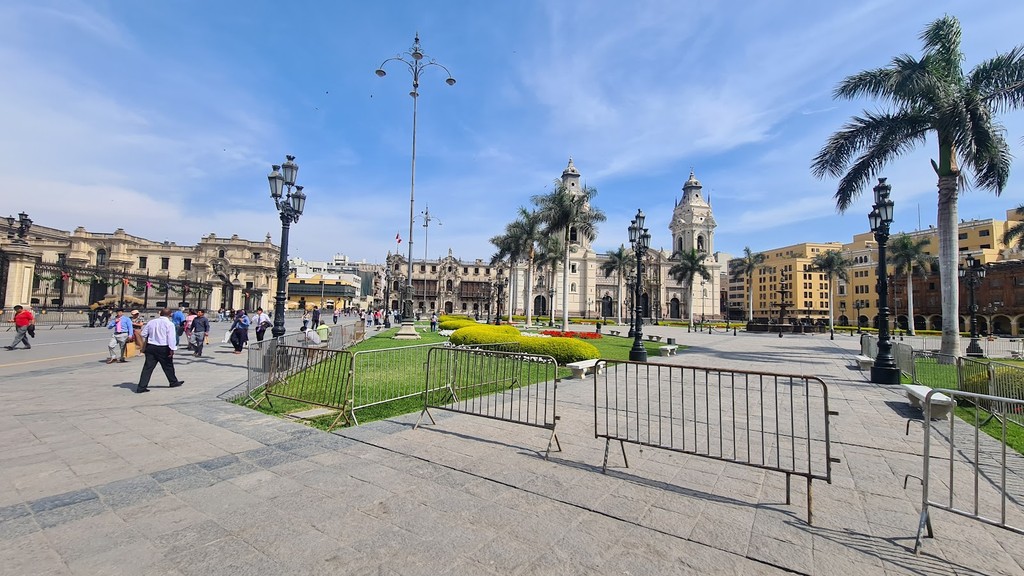
Plaza Mayor (Plaza de Armas) (Source: Google Maps)
Plaza Mayor, the heart of Lima, is a UNESCO World Heritage site celebrated for its historical importance and stunning colonial architecture. Surrounded by iconic buildings, including the Government Palace and the Cathedral of Lima, this square has been a focal point since the city's foundation in 1535. Its elegant design features a central fountain and beautifully landscaped gardens, making it a perfect spot for photography and relaxation. The plaza has witnessed numerous historical events, from colonial celebrations to modern-day festivities. The surrounding architecture showcases a blend of Baroque and Neoclassical styles, reflecting the city's colonial past and its evolution over centuries. As you stand in the plaza, you can almost hear the echoes of history and imagine the vibrant life that has unfolded here.
Palacio de Gobierno
Adjacent to the Plaza Mayor, the Palacio de Gobierno is the official residence of Peru's president, showcasing impressive architecture and a ceremonial guard.
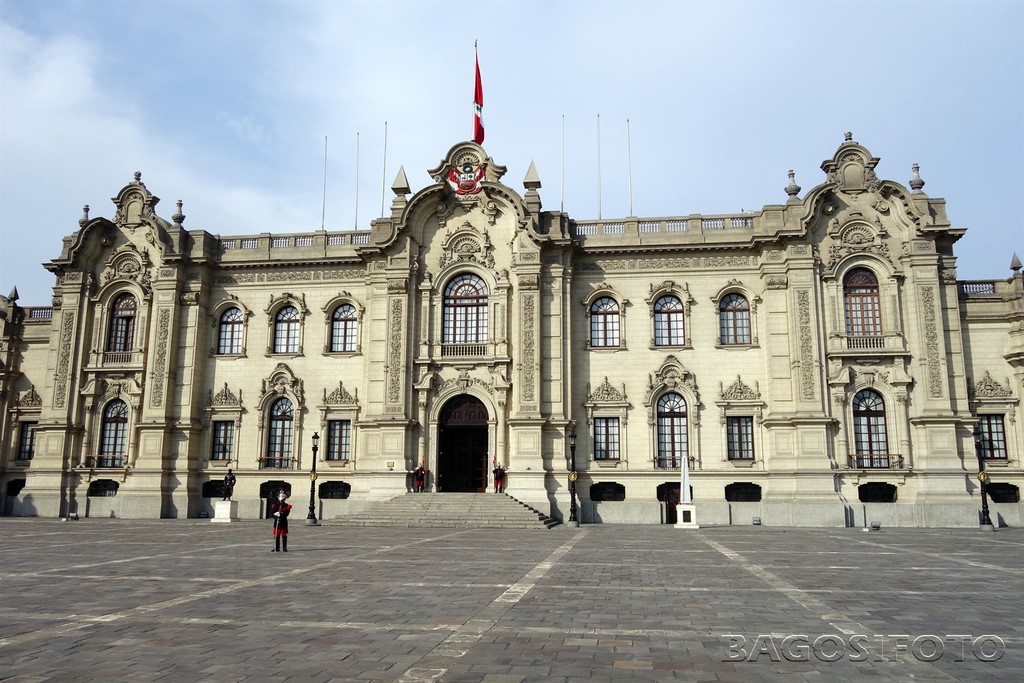
Palacio de Gobierno (Source: Google Maps)
The Palacio de Gobierno, located adjacent to Plaza Mayor, serves as the official residence of the President of Peru. This impressive building, with its neoclassical architecture, features a grand façade adorned with intricate details and a beautiful balcony overlooking the plaza. Established in the early days of Lima, the palace has been the seat of political power in Peru for centuries. Its interior houses numerous historical artifacts and art pieces that tell the story of the nation. The ceremonial changing of the guard, which takes place daily, is a popular attraction, drawing both locals and tourists. As you admire the palace, consider its role in shaping Peru's political landscape and the many significant events that have occurred within its walls.
Museo de la Gastronomía Peruana
Dive into the rich flavors of Peruvian cuisine at the Museo de la Gastronomía Peruana, celebrating the country's diverse culinary heritage.
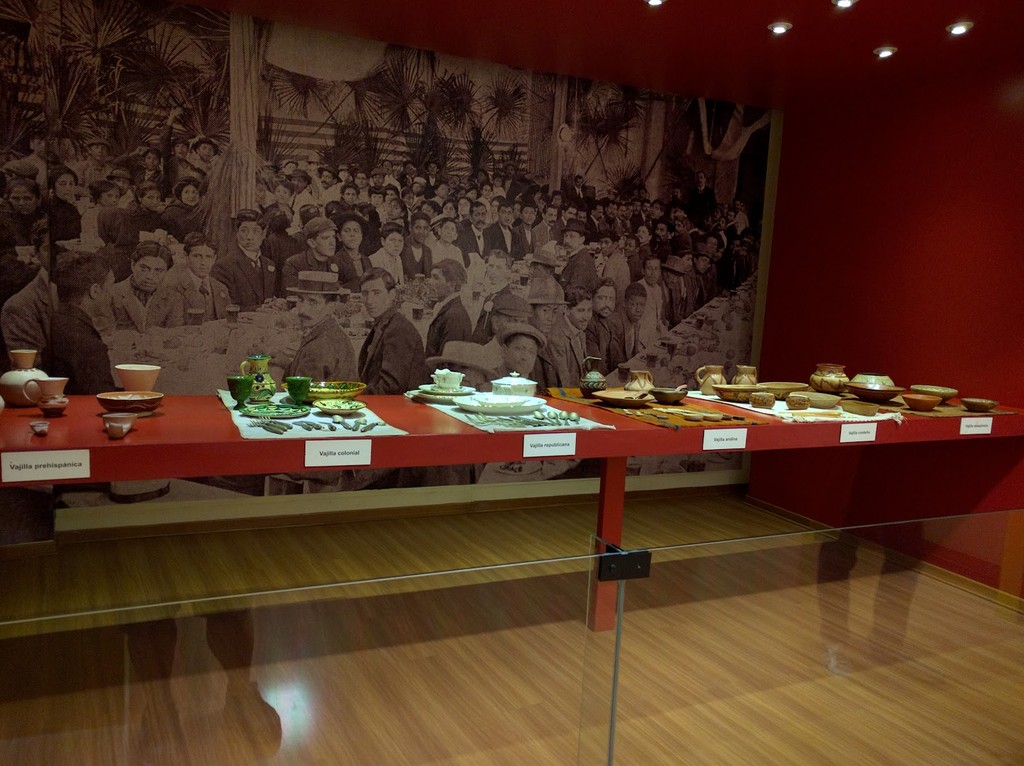
Museo de la Gastronomía Peruana (Source: Google Maps)
The Museo de la Gastronomía Peruana is a tribute to Peru's rich culinary heritage, showcasing the diverse flavors and ingredients that make Peruvian cuisine unique. This museum offers an immersive experience into the history and evolution of food in Peru, highlighting indigenous ingredients, traditional cooking methods, and the influence of various cultures over the centuries. Visitors can explore interactive exhibits, cooking demonstrations, and tasting sessions that celebrate iconic dishes like ceviche and lomo saltado. The museum emphasizes the importance of food in Peruvian culture, illustrating how it brings communities together and reflects the country's biodiversity. It's a must-visit for food lovers and those curious about the culinary arts.
Casa de Aliaga
Discover one of the oldest colonial mansions in Lima, Casa de Aliaga, providing a glimpse into the lavish lifestyle of colonial elites.
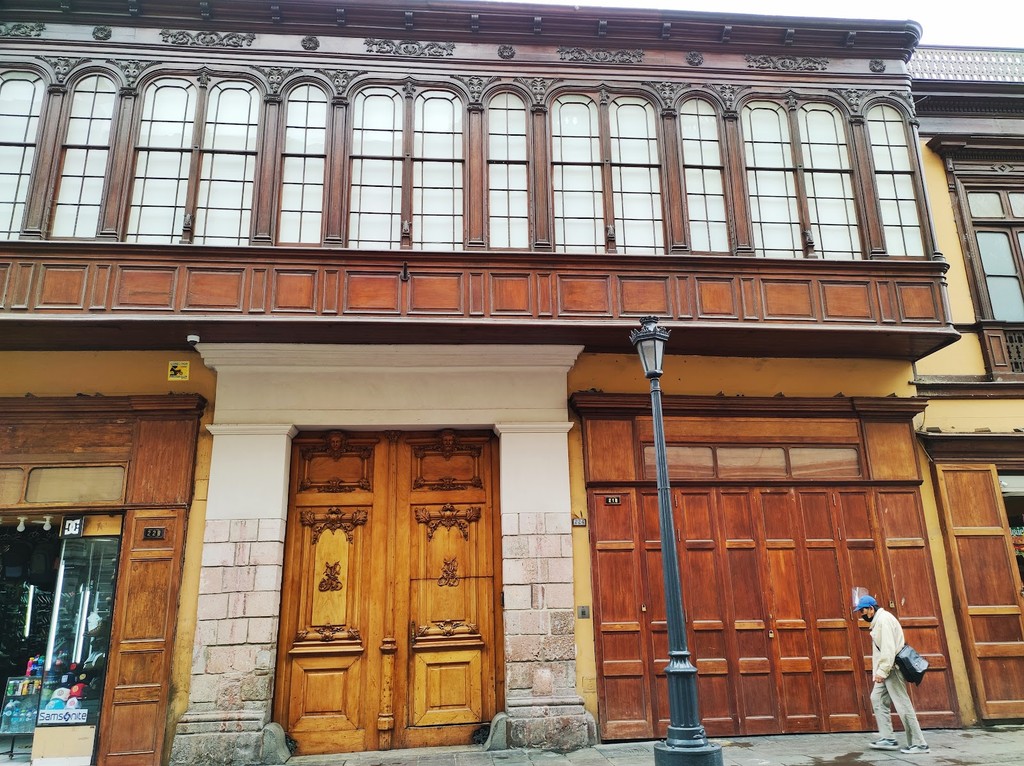
Casa de Aliaga (Source: Google Maps)
Casa de Aliaga is one of the oldest colonial mansions in Lima, offering a glimpse into the opulent lifestyle of the city's elite during colonial times. Built in 1535, the house has been continuously inhabited by the same family for generations, preserving its rich history and architectural beauty. Visitors can explore its beautifully decorated rooms, featuring antique furniture, intricate woodwork, and stunning artworks that reflect the artistic trends of the era. The mansion's courtyard, with its lush greenery and tranquil atmosphere, provides a peaceful escape from the bustling city. Casa de Aliaga stands as a testament to Lima's colonial past, showcasing the cultural fusion that has shaped the city over the centuries.
Cordano Bar
Enjoy a taste of traditional Peruvian sandwiches at the historic Cordano Bar, a favorite among locals and tourists alike.
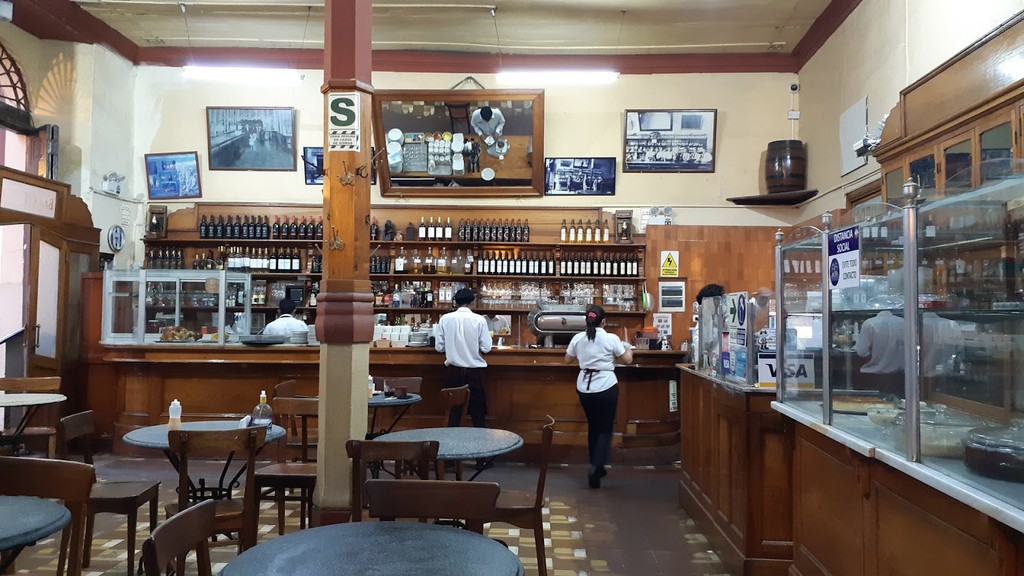
Cordano Bar (Source: Google Maps)
Parque de la Muralla
Stroll through Parque de la Muralla, a lovely urban park with remnants of the ancient city walls, offering a serene spot to relax and explore.
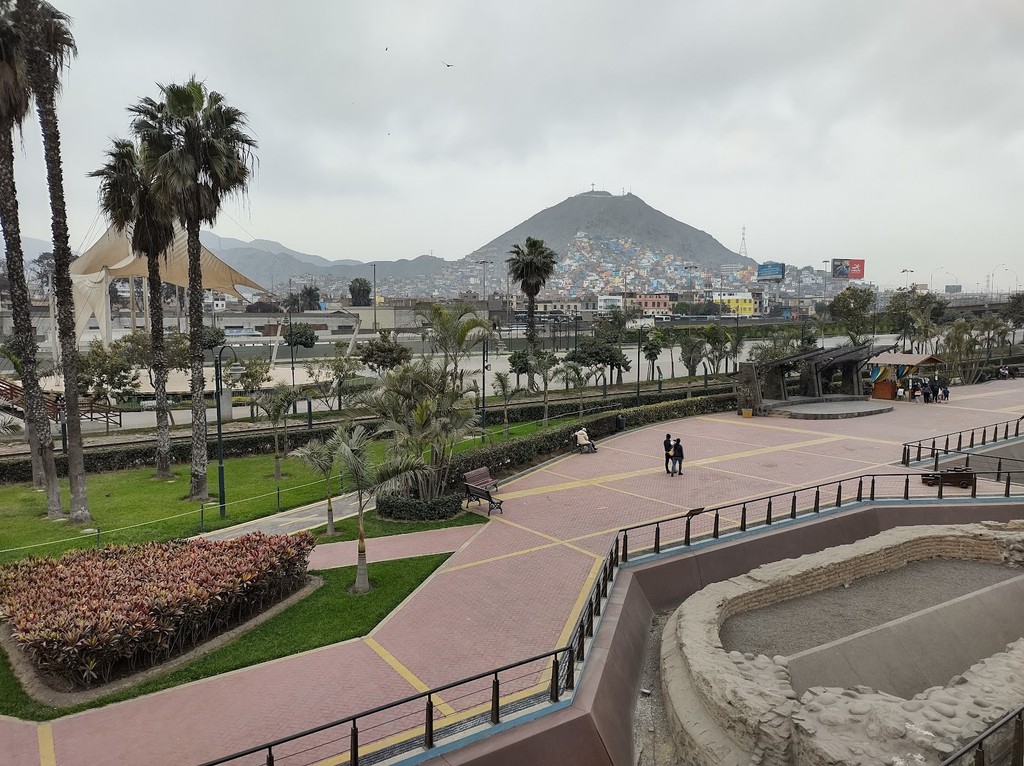
Parque de la Muralla (Source: Google Maps)
Parque de la Muralla is a serene urban park that features remnants of Lima's ancient city walls, offering a unique blend of history and nature. The park provides a peaceful retreat from the busy streets, with beautifully landscaped gardens and walking paths that invite visitors to explore. As you stroll through the park, you can admire the preserved sections of the wall, which date back to the 17th century and served as a defense against invaders. The park also hosts various cultural events and activities, making it a vibrant community space. Its historical significance, combined with its natural beauty, makes Parque de la Muralla a perfect spot for relaxation and reflection on Lima's rich heritage.
Lima Cathedral
Just a short walk from Plaza Mayor, visit the Lima Cathedral, an architectural marvel and important religious site, offering insights into Peru's colonial past.
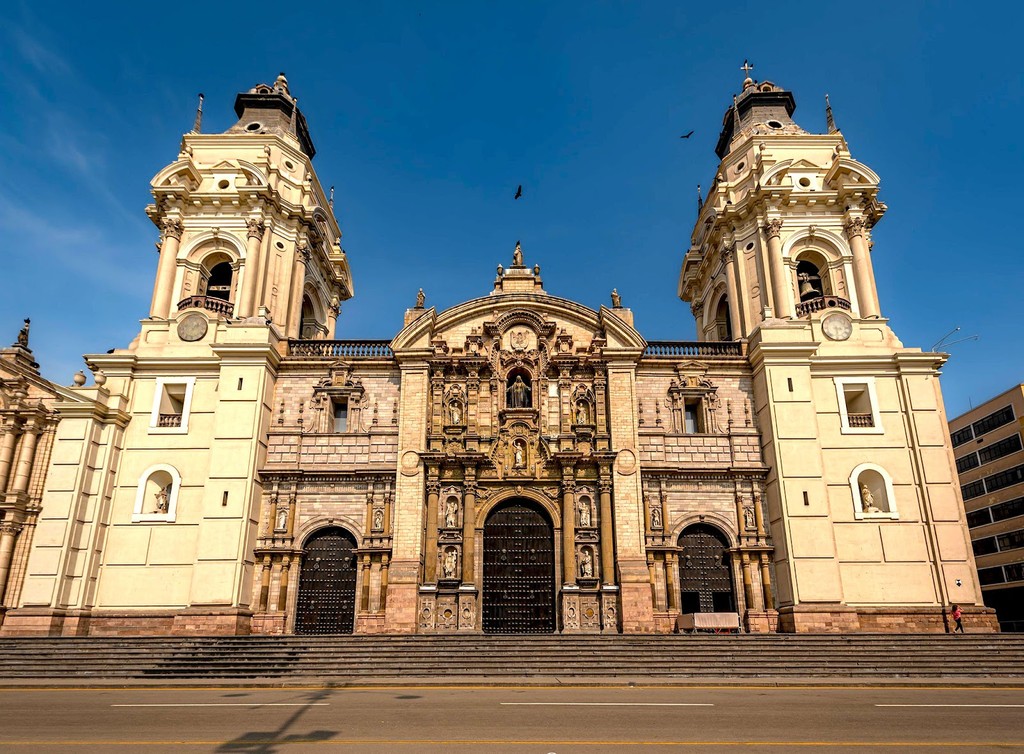
Lima Cathedral (Source: Google Maps)
The Lima Cathedral, located near Plaza Mayor, is an architectural masterpiece that stands as a symbol of the city's colonial past. Built in the 16th century, the cathedral showcases a blend of Gothic and Baroque architectural styles, with its grand façade and stunning interior. The cathedral is home to numerous chapels, each adorned with beautiful altarpieces and religious art, reflecting the deep-rooted Catholic traditions of Peru. It also houses the tomb of Francisco Pizarro, the Spanish conquistador who founded Lima, adding to its historical significance. Visitors can explore the cathedral's impressive architecture and learn about its role in the spiritual and cultural life of Lima throughout the centuries.

Your travels, your rules.
Create your own Free Walking Tours.
Set your preferences, distances and anything you want to do or see.
Completely free, no payment required.